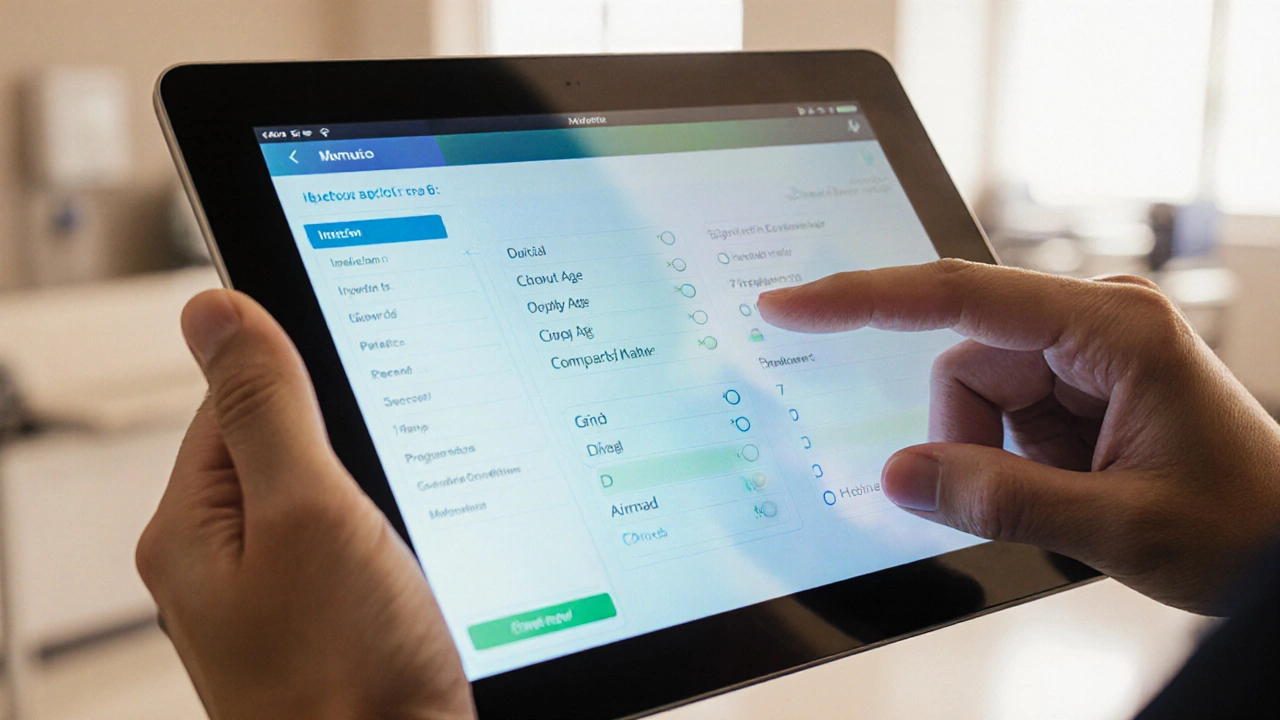Levofloxacin is a broad‑spectrum antibiotic that belongs to the fluoroquinolone class. Doctors prescribe it for infections like pneumonia, sinusitis, urinary tract infections, and skin infections. It works by stopping bacteria from multiplying, so the infection clears up faster.
Because it’s a powerful drug, you need to follow the dosing instructions carefully. Skipping doses or stopping early can let bacteria survive and become resistant. Below you’ll find the basics on when to take levofloxacin, how much, and the most common side effects you might notice.
Levofloxacin comes in tablet form or as an oral solution. The usual adult dose ranges from 250 mg to 750 mg once a day, depending on the infection type and severity. For example, a mild urinary tract infection might need 250 mg daily for three days, while a severe pneumonia could require 750 mg daily for 7‑14 days.
Take the pill with a full glass of water. You can take it with or without food, but if you have an upset stomach, a light snack helps. Avoid dairy products or calcium‑rich foods within two hours of the dose because they can reduce absorption.
Kids get levofloxacin only in special cases, and the dose is calculated by weight. Always let a pediatrician decide if it’s appropriate for a child.
Most people tolerate levofloxacin well, but it can cause nausea, diarrhea, headache, or dizziness. These symptoms usually go away on their own. If you experience severe stomach pain, vomiting, or a rash, call your doctor.
Serious but rare side effects include tendon problems (especially in the Achilles tendon), nerve damage that causes tingling or weakness, and heart rhythm changes. If you feel sudden joint pain or notice swelling, stop the medication and seek medical help right away.
People with a history of heart arrhythmia, a recent kidney transplant, or who are on certain other drugs (like anti‑inflammatories or blood thinners) should be extra careful. Your doctor may run an ECG or check kidney function before starting treatment.
Pregnant or breastfeeding women should avoid levofloxacin unless the benefits clearly outweigh the risks. Discuss alternatives with your healthcare provider.
To keep the antibiotic effective, finish the full prescription even if you feel better early on. Saving leftovers for future use can lead to resistance and isn’t safe.
If you miss a dose, take it as soon as you remember—unless it’s almost time for the next one. In that case, skip the missed dose and continue as scheduled. Don’t double‑dose to make up for a missed pill.
Storing levofloxacin is simple: keep it at room temperature, away from moisture and heat. Keep it out of reach of children.
In short, levofloxacin is a strong, handy antibiotic when used correctly. Follow the dosage guide, watch for side effects, and talk to your doctor if anything feels off. Doing so helps you get rid of the infection faster and protects you from complications.

A clear, 1500‑plus word guide compares Zithromax (azithromycin) with doxycycline, clarithromycin, levofloxacin and amoxicillin, covering spectrum, dosing, safety and cost.
View more
Learn what Levoflox (levofloxacin) does, proper dosing, common side effects, drug interactions, and safety tips in this concise, up‑to‑date guide.
View more